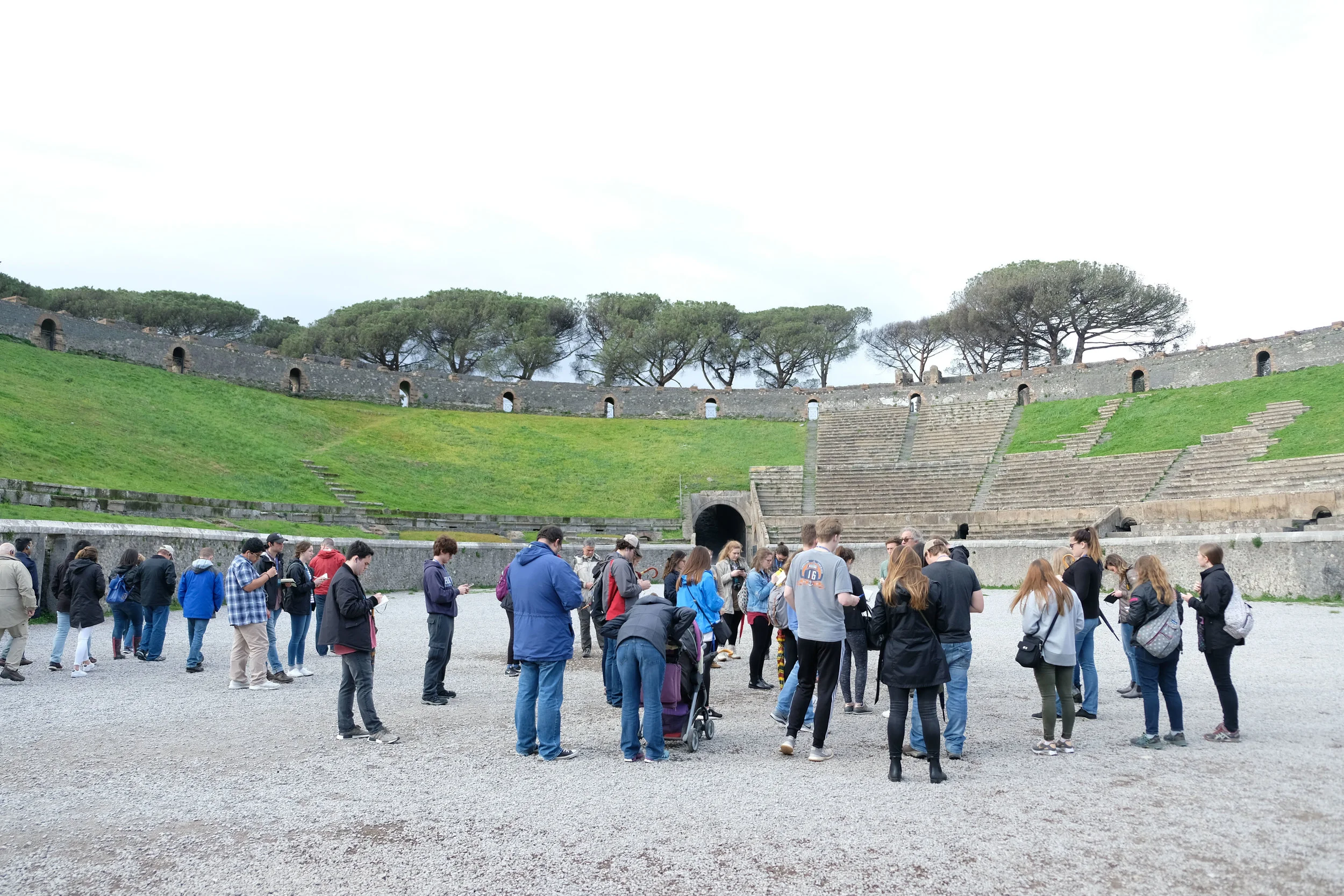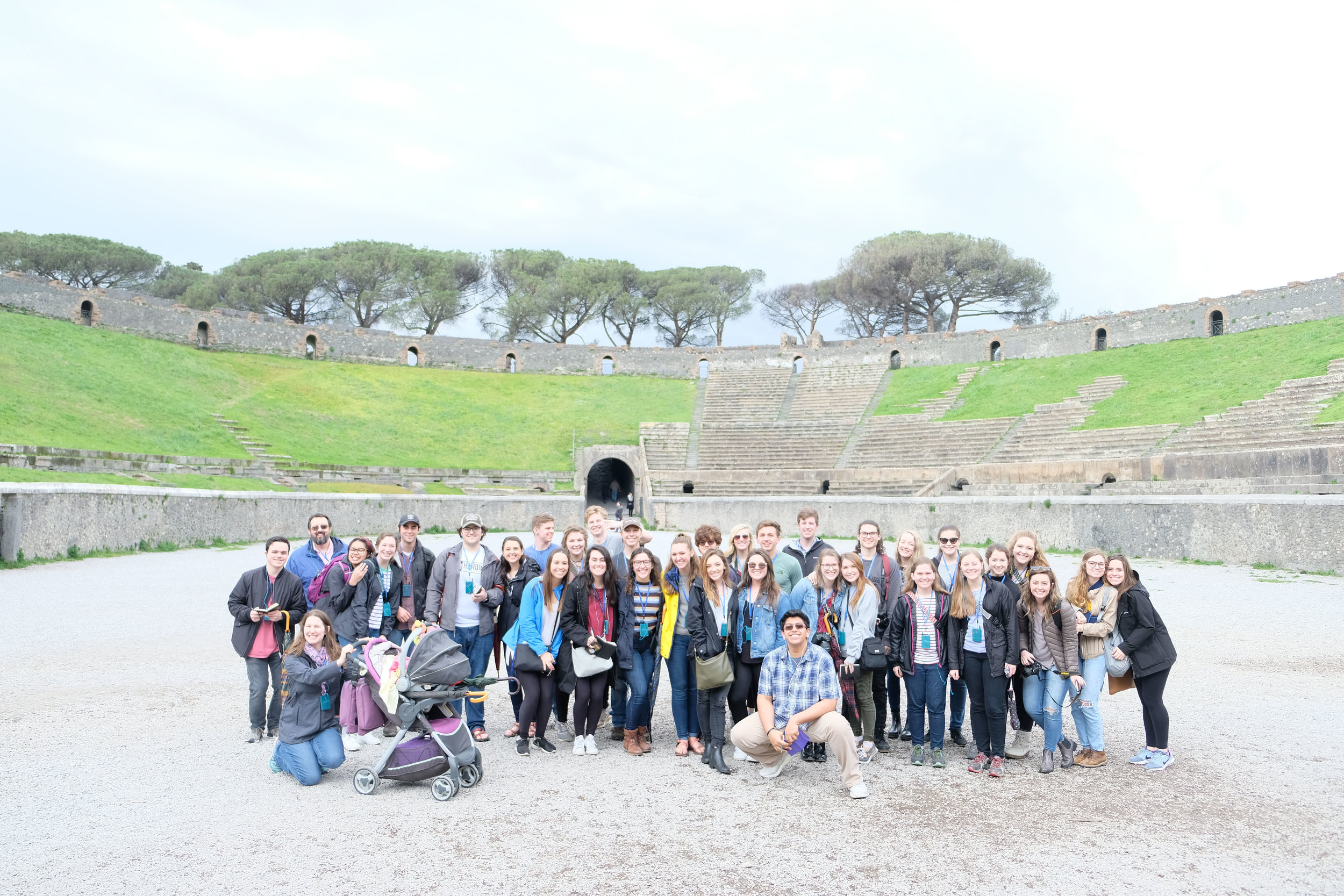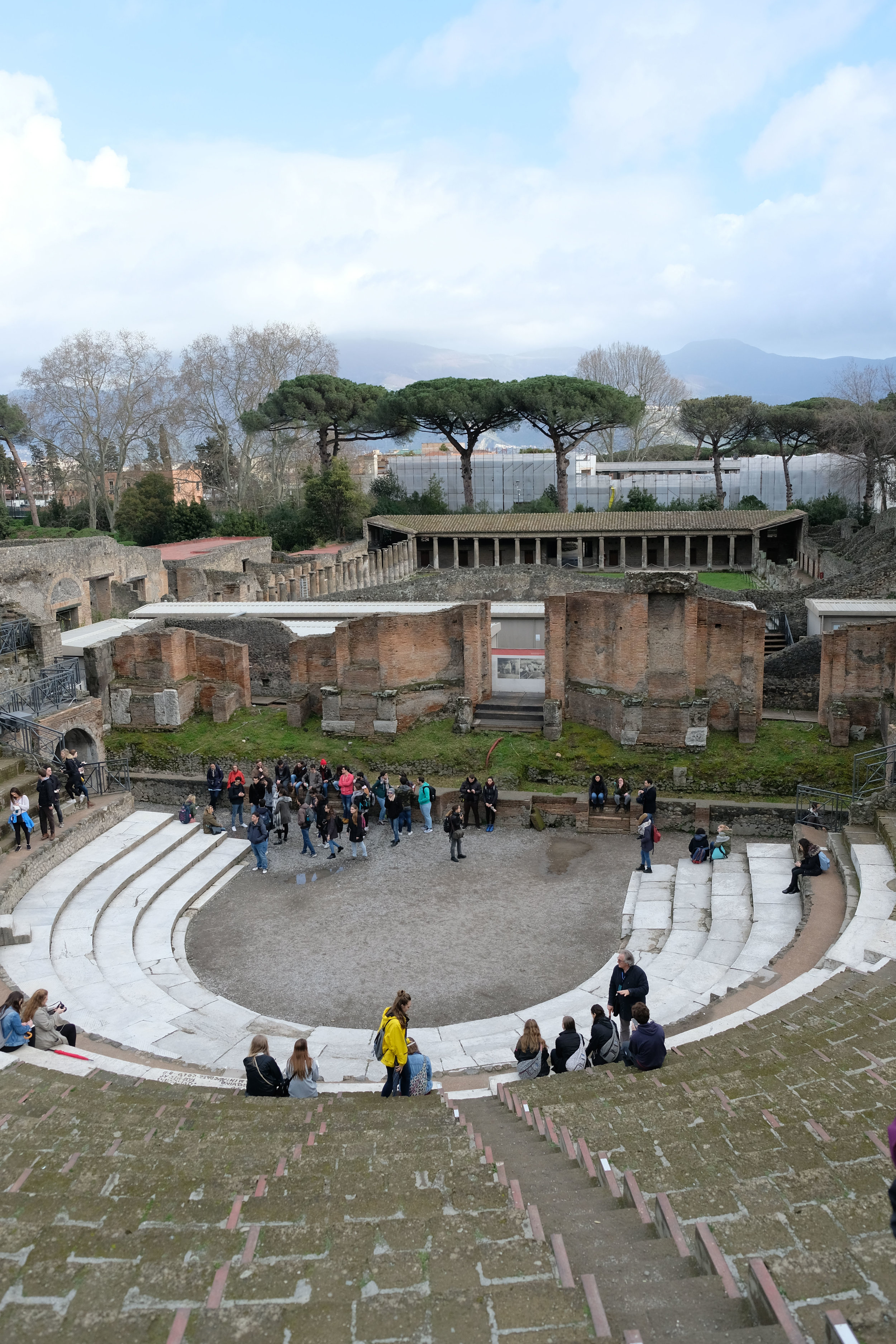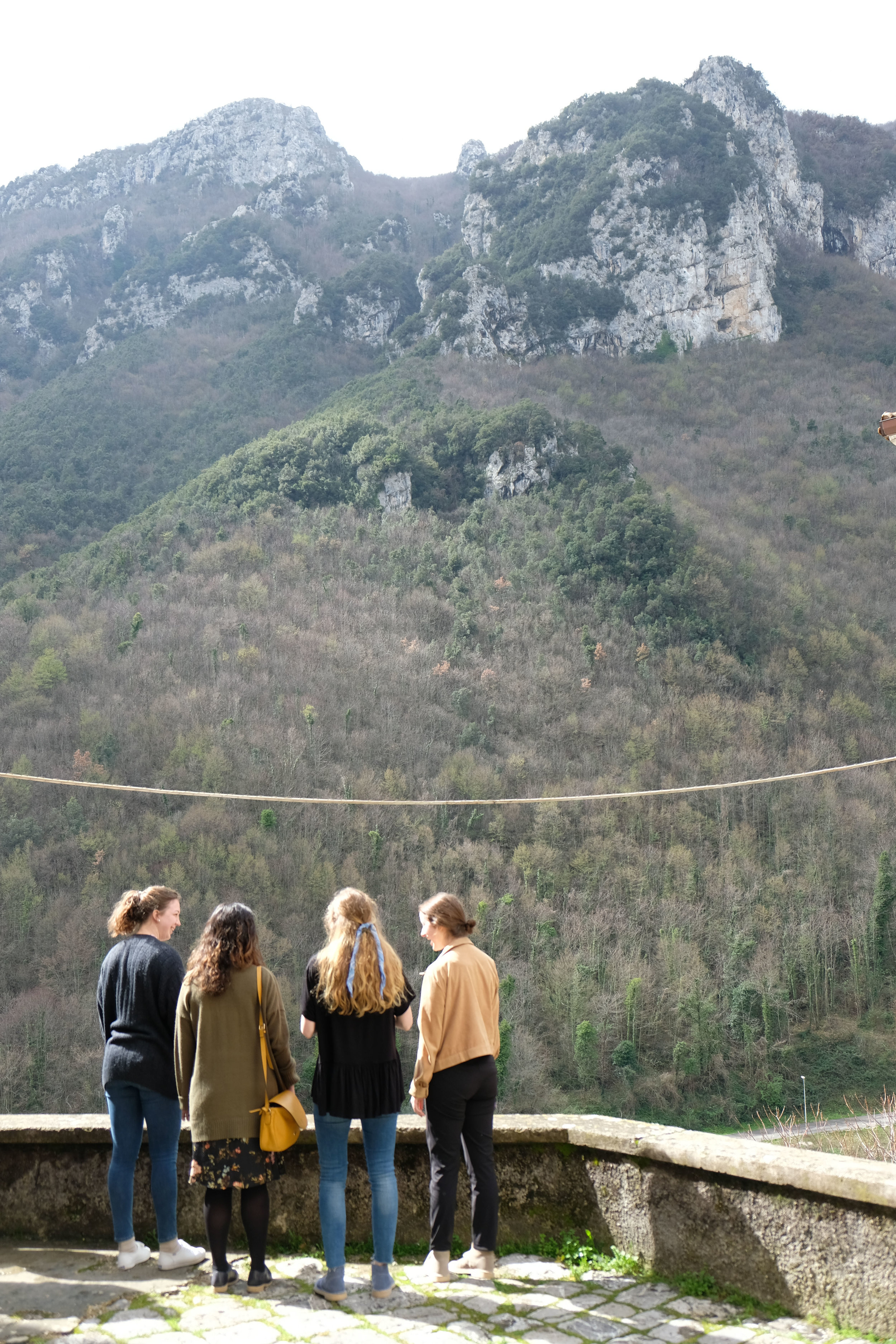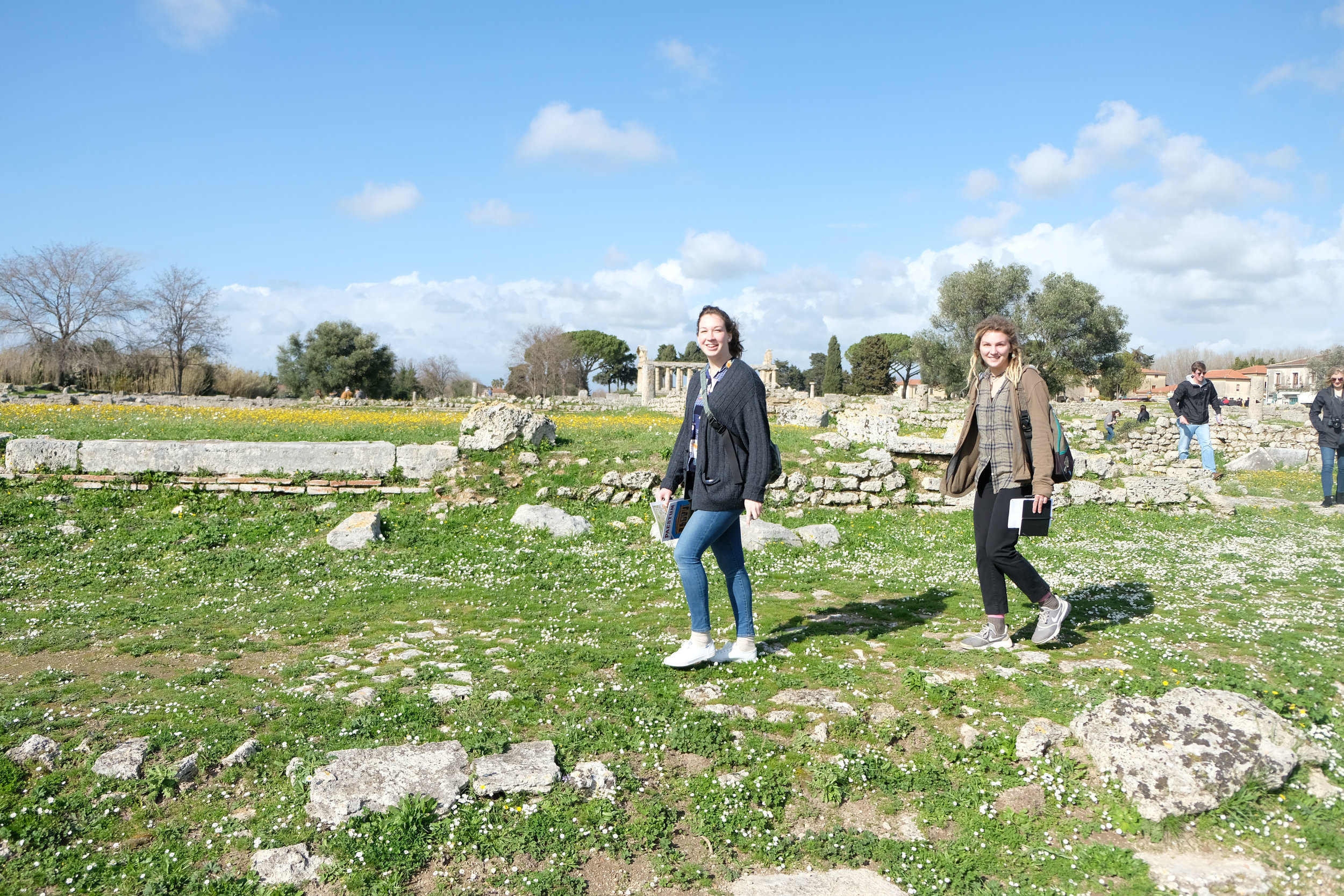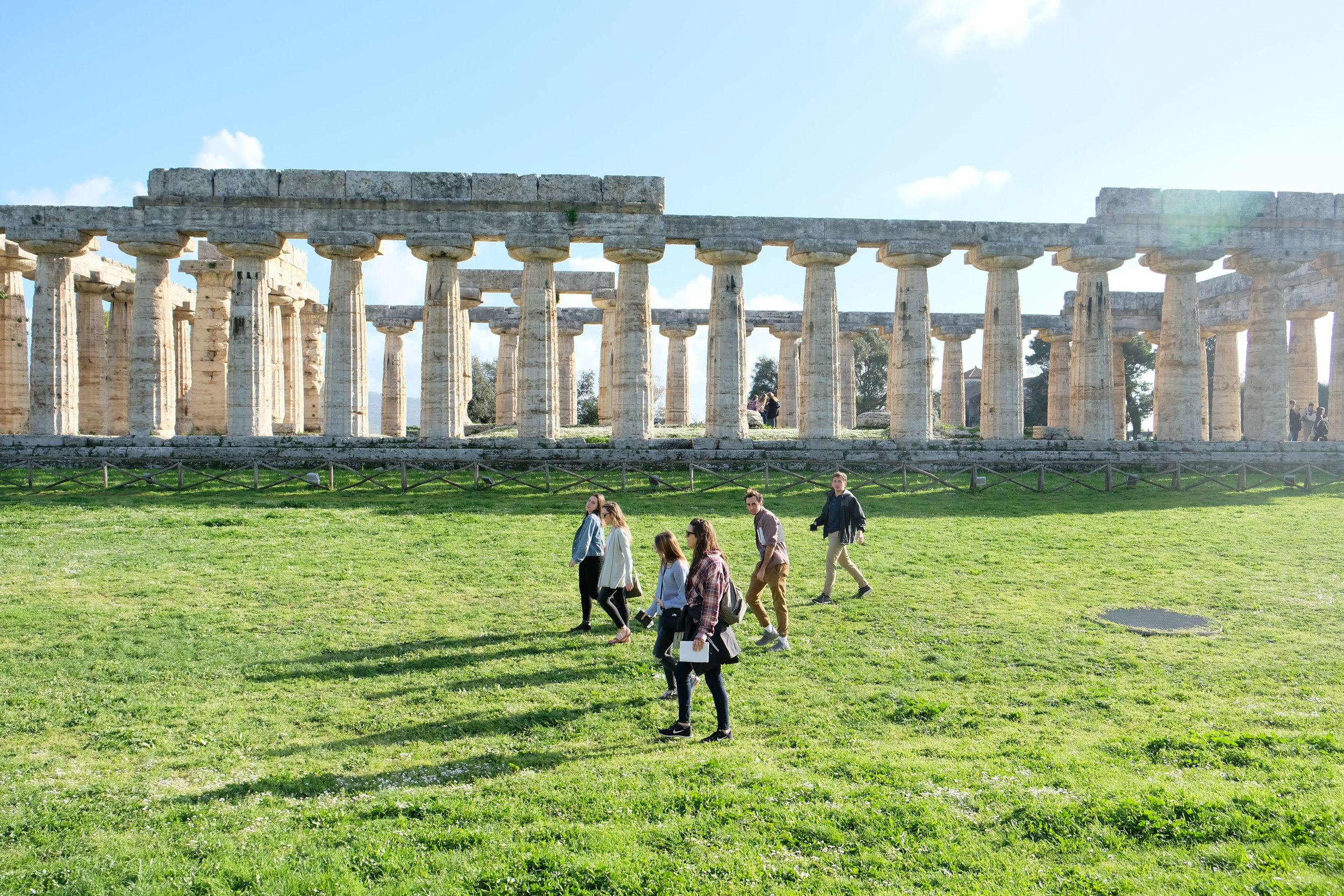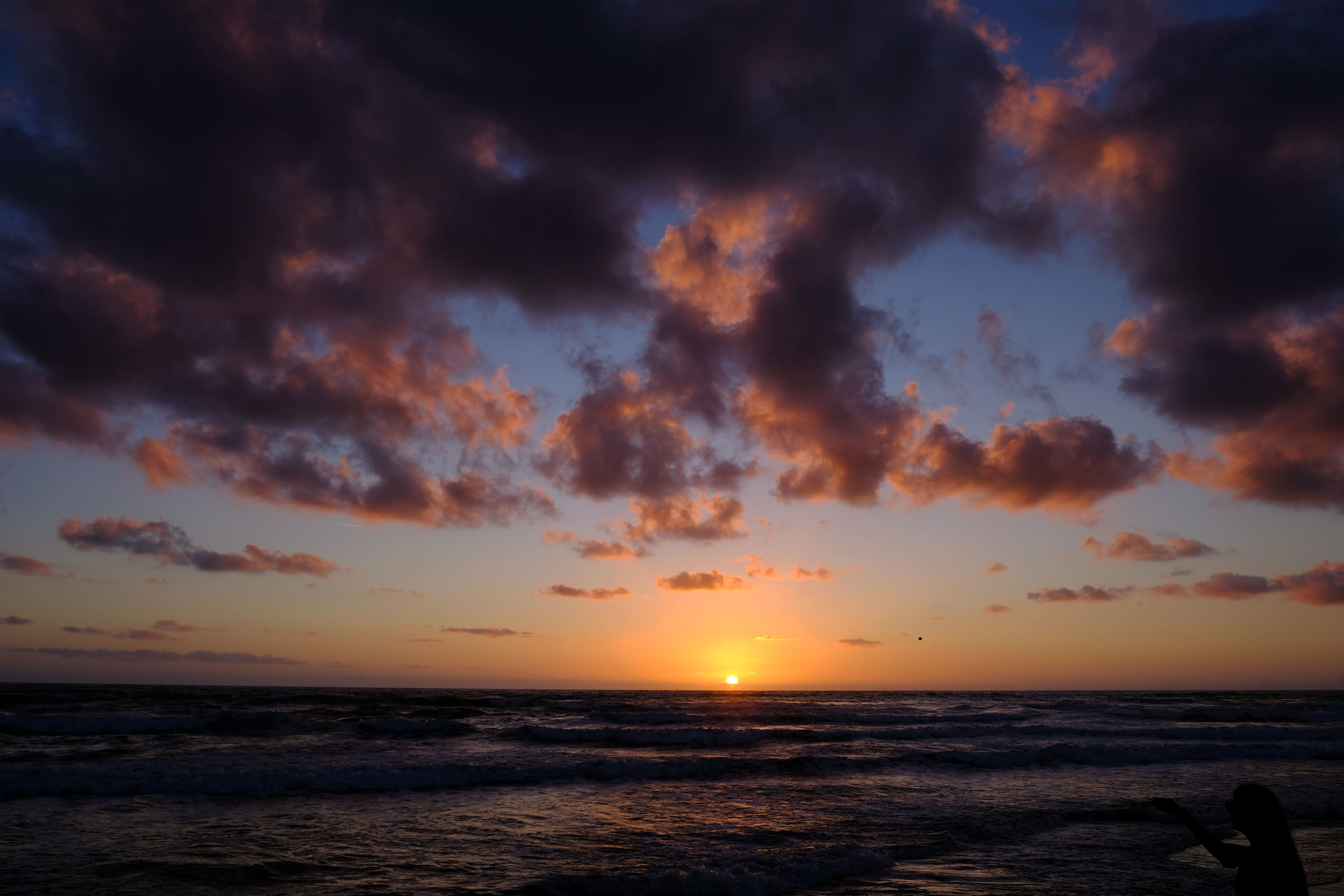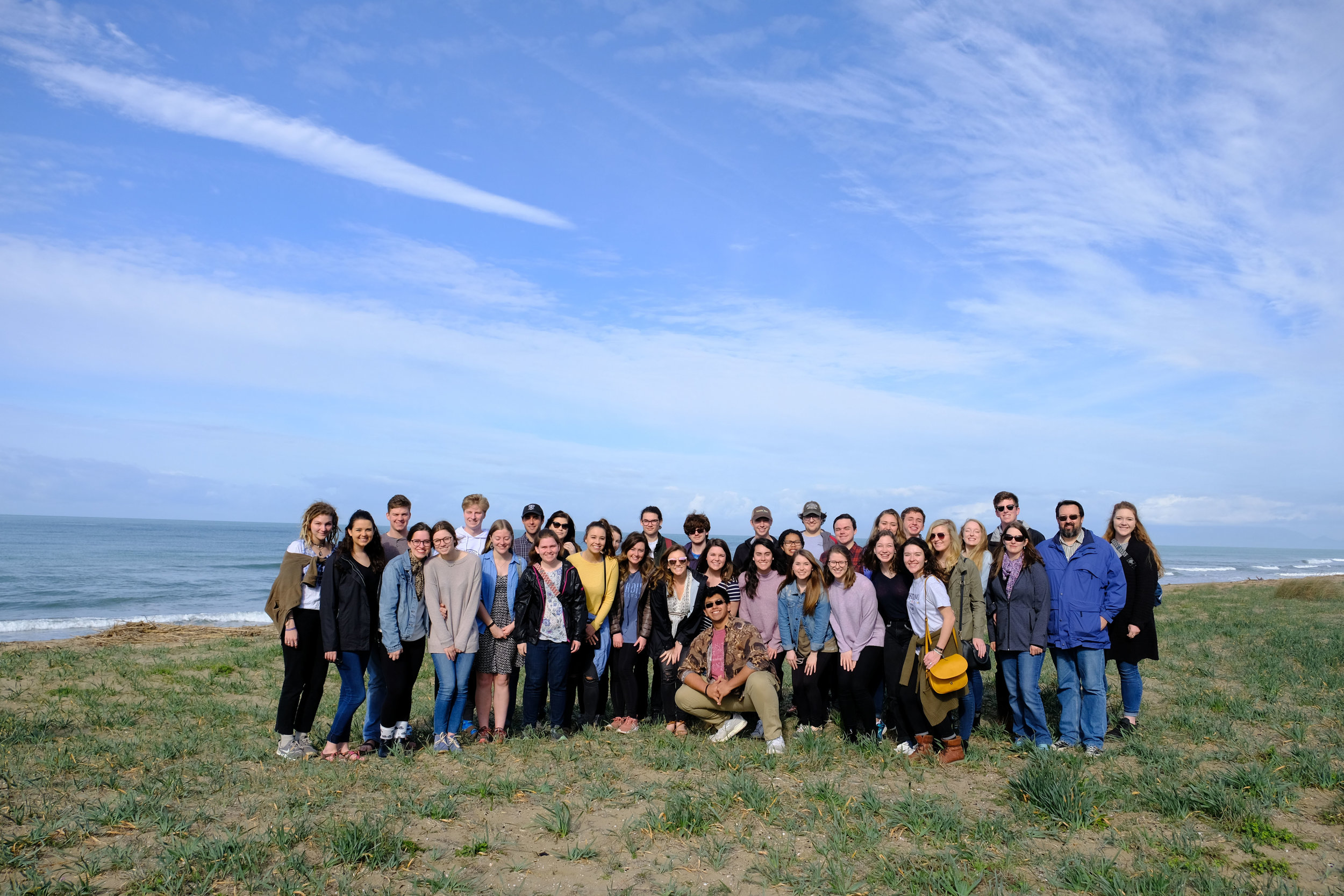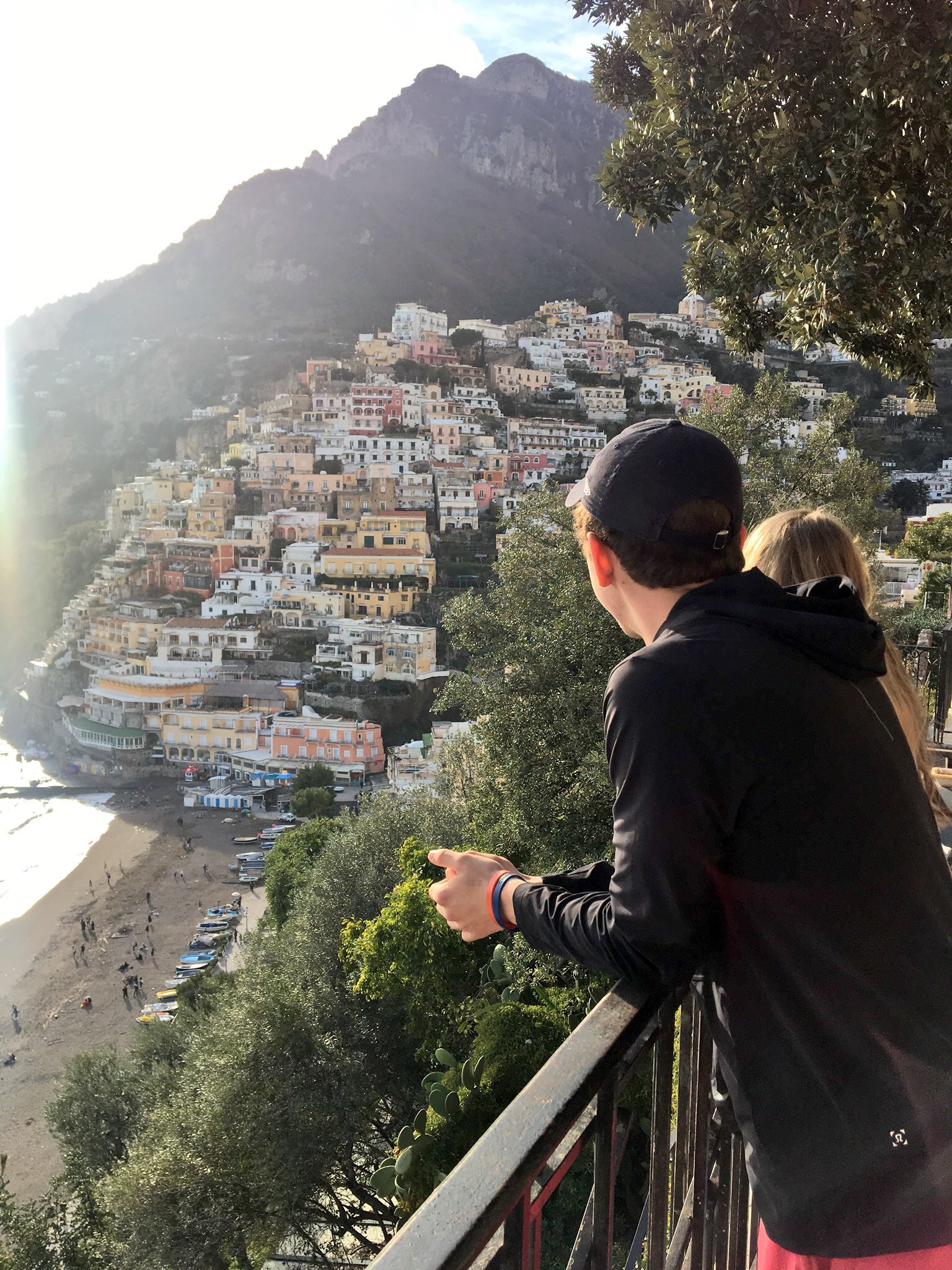The German writer Goethe wrote that “Sicily is the key to everything.”
For millennia Sicily has been sought after, vied for, conquered, ruled and annexed. It is dead-center in the middle of the Mediterranean Sea and every world power who has set foot in Europe has wanted a piece of it.
It is the cross-road of civilizations. Sicily is where East meets West in every sense of the phrase. The first battle between Eastern and Western civilizations, the Battle of Himera, took place here. It’s the literal intersection of two worlds, it is where the African plate moves under the Europe, pushing up mountain ranges and volcanoes. Sicily is home to plants found in both Africa and Europe, making the food a mix between both as well. This island is the mythical land of Cyclopes, sea monsters, the Odyssey, and Titans. Sicilian architecture has been a work in progress for just as long as it has this island has been inhabited and conquered, each different ruling group contributing their own special flair to it’s style. In so many ways this island has had a hand in not only modern European history, but the world. This land is covered with the threads of history that can be traced around the globe.
Sicily is unlike any other place in Europe. It truly is both East and West, Arab and European, Christian and Muslim. The Sicilian identity is a complex one and cannot be fully understood by those who are not a part of it. Political strife and upheaval, forced migration, tyrants, corrupt monarchies and war have been common themes throughout the island’s 3,000-plus years of human habitation.
It is hard to find a place that is so incredibly beautiful with natural wonders and at the same time so intricately complex within the history of the world. The Sicilian story is a unique one and we are only observers of their culture and heritage.
Our first stop are the Riace Bronzes, two priceless and breathtaking ancient Greek works in bronze. These sculptures were found off the coast of Calabria in the sea floor by an amateur diver and are now displayed in the region museum of Reggio Calabria. After our visit with the Bronzes we board a ferry-boat to cross the Straits of Messina to Sicily. Once on Sicily we go by bus to the town of Taormina to visit the incredibly well preserved Greco-Roman theatre there, beautifully perched on the cliff-side with a spectacular view of Mt. Etna. After Taormina, we head to through center of the island towards Agrigento but we stop at the Villa Casale in between where we not only enjoy some of the best preserved Roman mosaics in the world but get to see them in their original context, the monumental villa that contains them. The Valley of the Temples at Agrigento is often a highlight for students. The ancient Greek temples were built in a line along a natural cliff-line that also doubled as a natural protection. We visit the temples and walk through internationally renowned nature park that they are inside of. After visiting the temples we spend a relaxing afternoon at the Scala dei Turchi, a natural rock formation that dramatically juts out of the cliff side. The next day we bus to Monreale and Palermo where we visit several sites together before boarding an overnight ferry bound for Naples.
Below are some images from our HUF Summer 2018 trip to Sicily.





